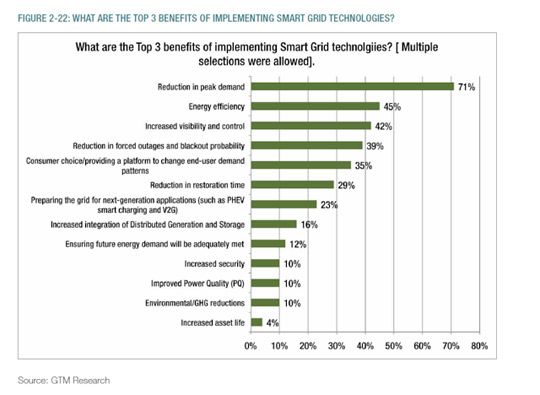
Pennsylvania wants to be known as the conservation state.
Under a law called Act 129, which was passed in 2008, the state has imposed a mandatory one percent cut in electricity consumption from projected figures by 2011. In addition, the Pennsylvania legislature has called for a three percent reduction in electricity use coupled with a 4.5 percent cut in peak demand by May 2013. As a result, the state in some ways has become for demand response providers what California or Arizona represent for solar: a large, populous area with utilities that need to sign contracts soon and that other states might begin to copy.
The reductions coincide with an elimination of caps on utility rates, which, ideally, could drive even more conservation through the threat of high prices.
“By itself, [Act 129] is significant,” said Michael Picchi, chief financial officer at Comverge. “But when you have a state that’s shown energy leadership consistently, it helps that other similar states will follow.”
A recent survey of smart grid industry leaders from over 50 North American utilities conducted by GTM Research found that 71 percent identified reduction in peak demand as one of the top benefits of smart grid technologies.

Just under 5 percent may not sound like much; Connecticut already has about 13 percent of its peak demand under its demand belt. But the Keystone state is much larger than Connecticut or Maine, another state that has a high percentage of peak megawatts under management. And history shows that the goals in these programs often get increased after initial successes.
“It is roughly on par with what would be considered some of the most progressive states,” said Gregg Dixon, senior VP of marketing for Enernoc, which provides about 35 percent of current demand response management in Pennsylvania.
Companies like Enernoc, Comverge and CPower are already working in Pennsylvania, and there is sure to be a push to win partnerships as utilities draw up their plans for demand response, most of which will be put in place after deregulation in December of this year (PPL's rate cap expired at the start of this year).
PPL is currently in the process of getting their time-of-use rates approved by Pennsylvania’s PUC, and PECO has already partnered with Comverge.
While many of the gains in demand response in states like Maine have come from the industrial sector, Act 129 calls for 70 percent of the demand response to come from the residential side. Comverge, which is reported to have 25 percent of its demand portfolio in the residential sector, is especially enthusiastic about the expanse of demand response in Pennsylvania.
The benefits of lowering peak demand, including the fact that it’s cheaper, faster and more reliable than firing a peak power plant, means there’s no reason why utilities in Pennsylvania will stop at just 4.5 percent. “I think it’s realistic to expect 10 percent peak to be enabled in demand response,” said Enernoc’s Dixon. “Everybody is at the starting line and the gun’s about to fire -- and it’s going to get pretty wild pretty fast.”
Governor Ed Rendell has promoted a number of other green initiatives in the state and even put together multimillion-dollar funds to attract companies and incubate solar projects. By 2010, PA wants to be a top-five solar state. Along with Michigan and Ontario, Pennsylvania is a key player in a rust belt revival through green.